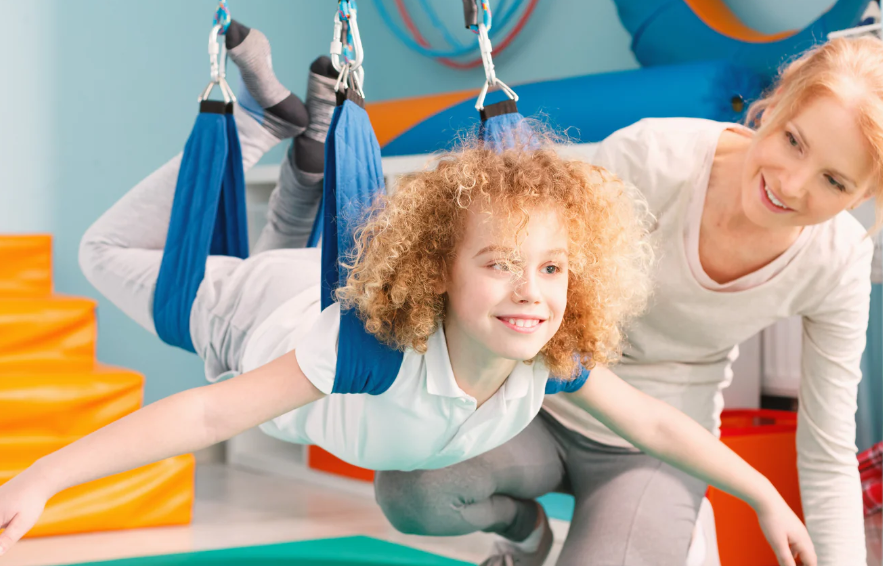In the modern world, the ability to effectively manage sensory input and maintain self-awareness is essential for overall well-being and success. This guide offers strategies for sensory integration, empowering individuals to understand their sensory experiences and develop personalized techniques for optimal sensory processing.
It is a vital process that plays a significant role in how individuals perceive and respond to the world around them. It involves the brain’s ability to organize and interpret sensory information from the environment, allowing for effective processing and appropriate responses to various stimuli. Understanding the principles of self-assessments can lead to improved overall functioning and well-being, as individuals learn to navigate and make sense of the complexities of their sensory experiences.
-
Create a Sensory-Friendly Environment:
Designing a sensory-friendly environment can greatly enhance sensory integration. Consider using soft and calming colours, incorporating natural lighting, and minimizing clutter to create a soothing and visually appealing space. In addition, adjustable lighting, noise-cancelling headphones, and the use of textured materials can provide individuals with more control over their sensory experiences.
-
Practice Mindfulness and Deep Breathing Techniques:
Mindfulness and deep breathing techniques can serve as powerful tools for self-assessment and sensory regulation. When individuals focus on the present moment and their physical sensations, they can become more attuned to their sensory experiences. Taking deep, intentional breaths can help activate the parasympathetic nervous system, promoting relaxation and reducing sensory overload.
-
Engage in Sensory Diet Activities:
Incorporating sensory diet activities into daily routines can support sensory integration. For example, using sensory toys, performing weighted exercises, or engaging in rhythmic movements can provide sensory input that promotes regulation and attention. Incorporating sensory diet activities proactively manages sensory needs and enhances processing abilities.
-
Utilize Self-Assessment Tools:
Self-assessment tools can aid individuals in understanding their unique sensory preferences and challenges. These tools can range from simple checklists to more comprehensive questionnaires. Regular assessment can enable individuals to continuously refine and adapt their sensory management techniques for optimal functioning and well-being.
Conclusion
In conclusion, the strategies presented here offer valuable opportunities for individuals to enhance their self-assessment skills. By creating a sensory-friendly environment, practising mindfulness, engaging in sensory diet activities, and utilizing these tools, individuals can cultivate a deeper understanding of their sensory experiences and develop personalized techniques for managing and optimizing their sensory processing. The journey towards improved sensory integration and heightened self-awareness is ongoing, and by incorporating these strategies into daily life, individuals can continue to explore and refine their sensory management techniques for overall well-being and success.

